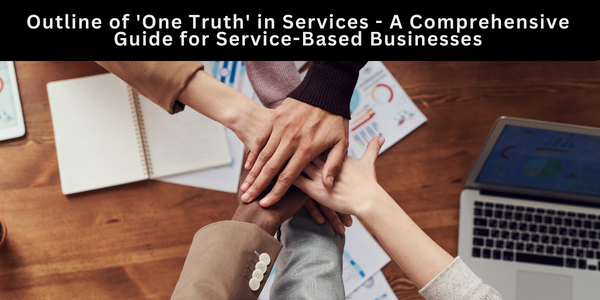Which is Better: A Job or Being a Business Owner?

There is a lot of debate about whether it is better to have a job or to be a business owner. Some people believe that being a business owner is the only way to achieve financial success, while others believe that having a job is the safer and more secure option.
In this blog post, we will explore the pros and cons of both being a business owner and having a job. We will also discuss some of the factors that you should consider when making your decision.
The Pros and Cons of Being a Business Owner
Pros:
- Financial freedom: As a business owner, you have the potential to earn much more money than you would as an employee. This is because you are not limited by the salary that your employer is willing to pay you.
- Control over your work: As a business owner, you have control over your own work. You can set your own hours, choose your own projects, and work with the people you want to work with.
- Personal satisfaction: Many people find great satisfaction in being their own boss and building their own business. This can be a very rewarding experience.
Cons:
- Risk: Starting and running a business is risky. There is a chance that you could lose money or even go bankrupt.
- Time commitment: Being a business owner can be very time-consuming. You may have to work long hours and put in a lot of effort to make your business successful.
- Stress: Running a business can be stressful. You will have to deal with a lot of challenges and problems.
The Pros and Cons of Having a Job
Pros:
- Security: Having a job provides a sense of security. You know that you will receive a regular paycheck and that you have benefits such as health insurance and paid vacation.
- Work-life balance: Many jobs offer a good work-life balance. This means that you will have time for your personal life and hobbies.
- Less stress: Having a job can be less stressful than being a business owner. You do not have to worry about the day-to-day operations of a business or about making a profit.
Cons:
- Limited income: As an employee, your income is limited by the salary that your employer is willing to pay you. You may not have the opportunity to earn as much money as you would as a business owner.
- Lack of control: As an employee, you do not have control over your work. You have to follow the instructions of your boss and you may not be able to choose your own projects.
- Unfulfillment: Some people find that working a job is not fulfilling. They may not feel like they are making a difference in the world or that they are using their skills to their full potential.
Making the Decision
The decision of whether to be a business owner or have a job is a personal one. There is no right or wrong answer. The best decision for you will depend on your individual circumstances and goals.
If you are looking for financial freedom and control over your work, then being a business owner may be the right choice for you. However, if you are looking for security and a good work-life balance, then having a job may be a better option.
Ultimately, the decision is up to you. Weigh the pros and cons of each option carefully and make the choice that is best for you.





















